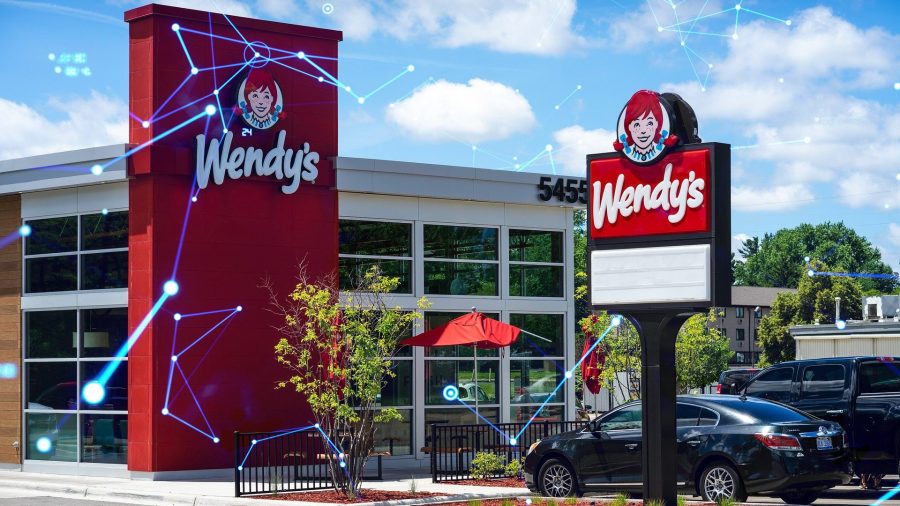Quick service restaurants have always adopted new technologies. With the latest innovations, however, the industry is likely to move away from tactics like cashiers asking whether you want fries with your order to complex algorithms knowing that you do.
The latest sign of transformative changes coming to QSRs is Wendy’s plan to tap data analytics and artificial intelligence to speed up drive-through orders and home deliveries, anticipate return customers’ favorite meals and even keep burgers from burning on the grill.
The fast-food chain announced a deal with Alphabet Inc.’s Google Cloud to develop advanced software capabilities that will use the tech giant’s data and AI to build voice-recognition software, computer-vision systems, mapping apps and other digital tools.
Kevin Vasconi, the chain’s chief information officer, said he wants to put to work a vast store of customer data gathered during the coronavirus pandemic, when many outlets began to expand ordering and pickup services, creating online apps for car-side drop-offs and home deliveries. (The Wall Street Journal, October 12)
It’s not the QSR industry’s first foray into AI.
Over the last decade, restaurants have been leaning more into the technology to improve customer experience and help save on labor costs.
Burger King developed an AI system that uses touchscreen menu boards to recommend items to customers as they’re about to order. Dunkin’ Donuts is testing drive-thrus that can recognize a loyalty member as soon as they pull up. Some Sonic drive-ins recently got AI-powered menu kiosks. And Chick-fil-A is using AI to spot signs of foodborne illness from social media posts (Venture Beat, April 6)
McDonald’s CEO Chris Kempczinski said earlier this year that ten McDonald’s restaurants in Chicago were testing automated drive-thru ordering using artificial intelligence software and the technology will likely take more than one or two years to implement. (CNBC, June 2)
Looking ahead
Joe Murphy, vice president of marketing at speech technology provider Sensory Inc., says voice AI will be particularly important to create a more efficient and reliable consumer experience going forward.
“Voice AI enables a common and efficient ordering experience across all touch-points: drive thru, mobile app, in store kiosks, etc. Each different platform can be accessed with [the] same reliable voice assistant,” he told The Food Institute in an emailed statement. “When it comes to kiosks and mobile phone interfaces, voice is much easier than touch and enables a way to quickly navigate the options. Voice removes the need to scroll to different menus and levels of options. Just say what you want.”
Murphy also believes that voice biometrics AI will be used for smarter, more personalized upsell options.
“Voice is rich with information and contains much more than just the order information. For example, while transcribing your order, the AI can also analyze your voice to estimate age, mood and gender. This additional information can be used in real time to create a smarter upsell opportunity. The system can offer different upsell recommendations to a Baby Boomer male, than it would offer to a Gen Z female.”
Murphy suggests that voice biometrics AI will also play a role in making the QSR experience even faster.
“Just the same way you can train your iPhone to recognize your voice, a voice biometric can be linked to your preferred payment method at the QSR. So the payment is processed just as soon as you confirmed your order with voice. No more waiting for the car in front of you to swipe their card or even worse…pay with cold hard (and dirty) cash.”












